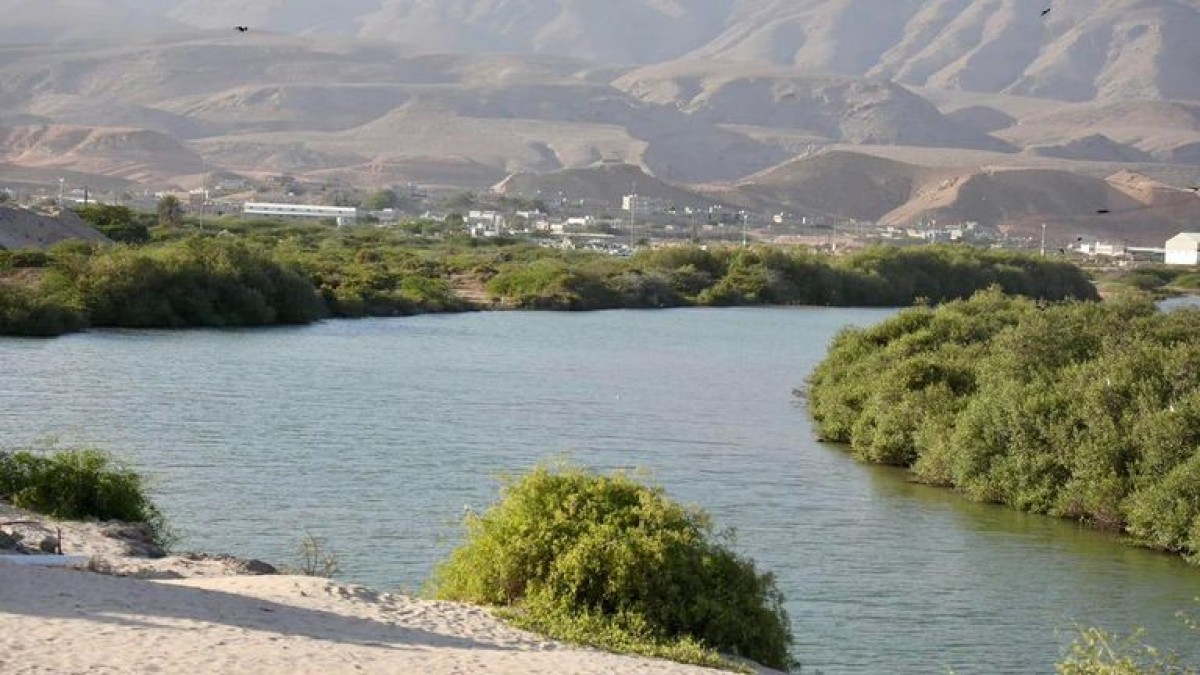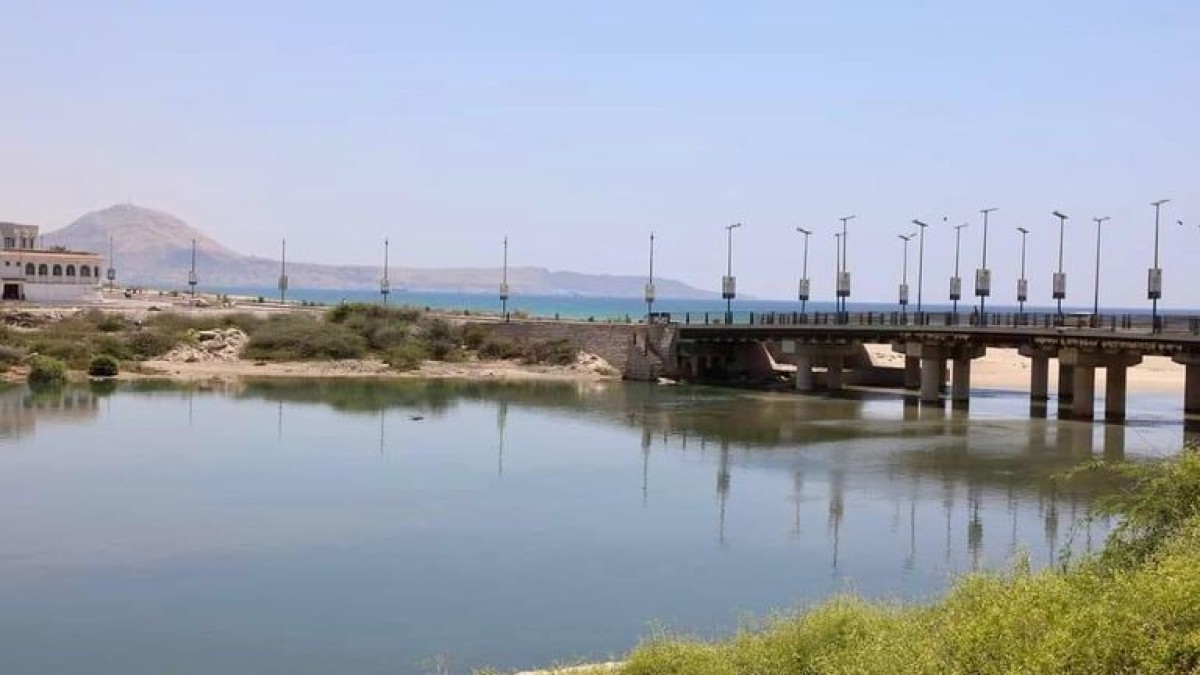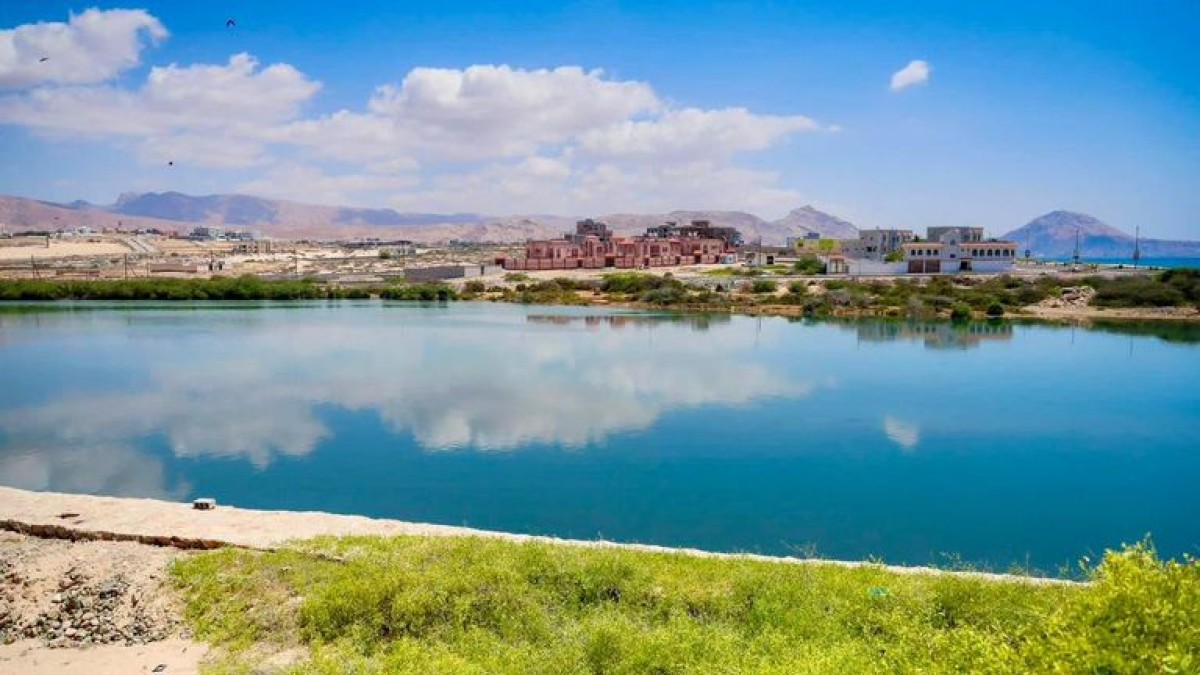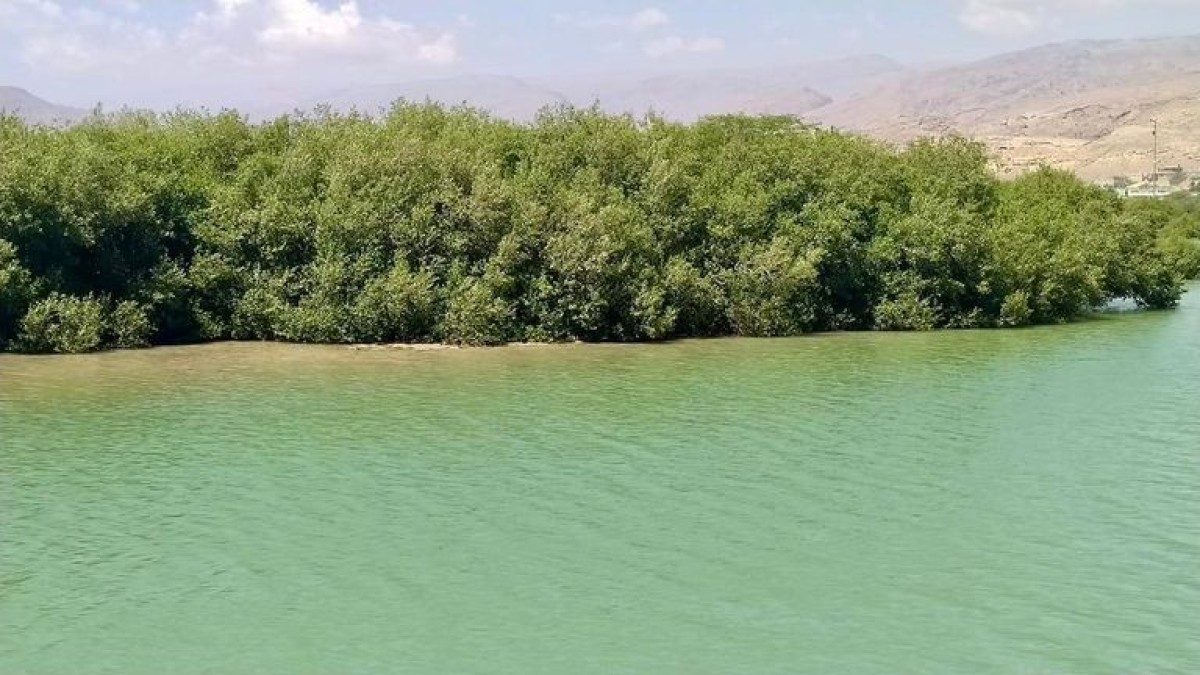Khor Ambikha...a living museum of ecosystems in Hadramaut


The Yemeni government recently included “Khor Ambikha” on the list of natural reserves in response to the demands of environmental activists.
This valley is characterized by the only wetland in Hadhramaut (east) and is unique in the growth and proliferation of AVICENA Marina mangroves along the coast of the governorate overlooking the Arabian Sea.
According to environmental sources, in addition to the “mangrove” trees, which are rare tropical trees that thrive in conditions that most trees cannot tolerate, some rare birds reside in Khor Ambikha, including the “gray heron” and the “white egret.” And migratory and aquatic birds.
The reserve also includes more than 300 marine creatures and is a living museum of ecosystems, especially wetland ecosystems, and is rich in biodiversity, according to the same sources.
In 2006, Yemen signed the International Convention for the Protection of Wetlands and Natural Reserves, and it has many reserves spread over large areas of the country, especially in coastal areas such as Aden, Hadhramaut, and Shabwa.
Yemeni Prime Minister Ahmed bin Mubarak recently approved the establishment and management of the “Khor Ambikha” wetland in the Al-Mukalla District, capital of Hadramaut, as a natural reserve, with the aim of providing sound management of natural resources and protecting threatened and rare neighborhoods.
The step seeks to fulfill the Yemeni government’s obligations towards the International Convention on Wetlands, as Khor Umbaikha contains many species of plants, birds and others, which constitute a great potential for preparing it for environmental and educational tourism.
Human threats
Citizens in Hadhramaut said that the current situation in the Khor Ambikha area was threatening its transformation into a natural reserve due to the spread of human waste in the region and its threat to natural life there, which requires the authorities to take action.
According to citizen Ali Al-Hajj, a resident near the area, there is widespread waste, garbage, and sewage, which threatens the disappearance of environmental diversity in the area.
He stressed during his talk to Al-Ain News that the movements of the local authority in the governorate, and the directives of the Yemeni government, are a necessary initiative to preserve what remains of the region, which has great environmental advantages that make it a natural reserve par excellence.
Decreased vegetation cover
The region, like other regions of Yemen, has been exposed to many environmental risks, as a result of severe changes in climate.
The specialist in mangrove cultivation, Bassam Raydan, says that all indicators confirm that the mangrove tree has begun to diminish within the Khor Ambikha area, in addition to that the rest of the vegetation there is exposed to the same problem.
In his interview with Al Ain News, Raydan attributed the reasons for this decline to “the environmental conditions surrounding the region, resulting from climate changes, temperature differences, changing water conditions, and the spread of competing trees.”
Raidan described the government directives as “a step in the right path to restore the region’s splendor, protect its biological and environmental diversity, and preserve it as a living and natural museum of environmental life.”
A natural outlet
For her part, the Director of the Public Authority for Environmental Protection in the Hadhramaut Coast, Engineer Najwa bin Zaidan, said that the authorities in Hadhramaut recognized the necessity of removing all violations in Khor Umbaikha.
Bin Zaidan added to Al Ain News that this comes to preserve the area as a natural reserve and a natural outlet for the people and citizens coming to it from all governorates.
It is noteworthy that government directives assigned the Ministries of Water, Environment, and Legal Affairs to coordinate with the local authority in Hadramaut Governorate, to complete the procedures for declaring Khor Ambikha a natural reserve, and to protect the surrounding lands from attacks


